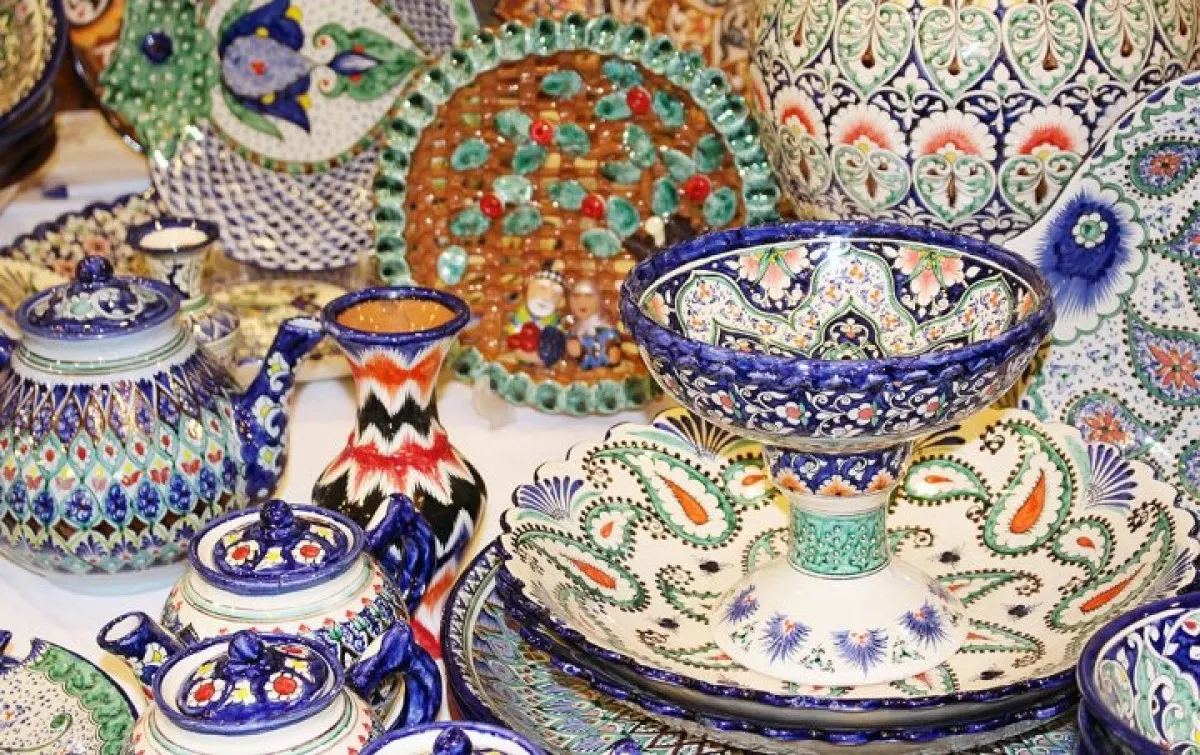
Rishton city, located in the Fergana region, can be recognized as a "World Crafts City" that will have the fourth international status in folk craftsmanship in Uzbekistan. This was reported by Upl.uz.
To assess this opportunity, a group of experts from the World Crafts Council (AISBL) visited the region. The governor of the Fergana region, Hayrullo Bozorov, provided detailed information about the ongoing work to develop national craftsmanship during a meeting with the council president, Saad al-Qaddumi.
The meeting particularly emphasized the preservation of Uzbekistan's cultural heritage and traditional art forms, as they constitute the uniqueness of the country. As highlighted in the discussions, the attainment of such status by the cities of Khujand and Margilan has had a significant positive impact on the socio-economic development of the region.
This has not only helped to enhance the tourism potential of the Fergana Valley but also contributed to the creation of new jobs. Additionally, support programs have been implemented by involving low-income families and individuals with disabilities in craftsmanship.
The city of Khujand has become a center for the Crafts Festival, which is held regularly on an international scale. The exchange of views on the prospects of Rishton was the main topic of the delegation's visit.
AISBL experts proposed effective strategies for developing craft education in the region and promoting the unique products of Uzbek artisans in international markets. Currently, there are three cities in Uzbekistan that hold the status of "World Crafts City": Bukhara, Khujand, and Margilan.
Rishton, as the district center of its name, has historically been one of the main centers for ceramic production in Central Asia. Local ceramic artisans have passed down their knowledge and experiences from generation to generation, preserving and developing unique natural dye recipes and decoration techniques for their artworks.
Rishton ceramics use red clay, which is mined in the city. The unique "ishkor" blue dye that gives the products their distinctive dark turquoise color is made from the ashes of certain plants based on ancient technology.







